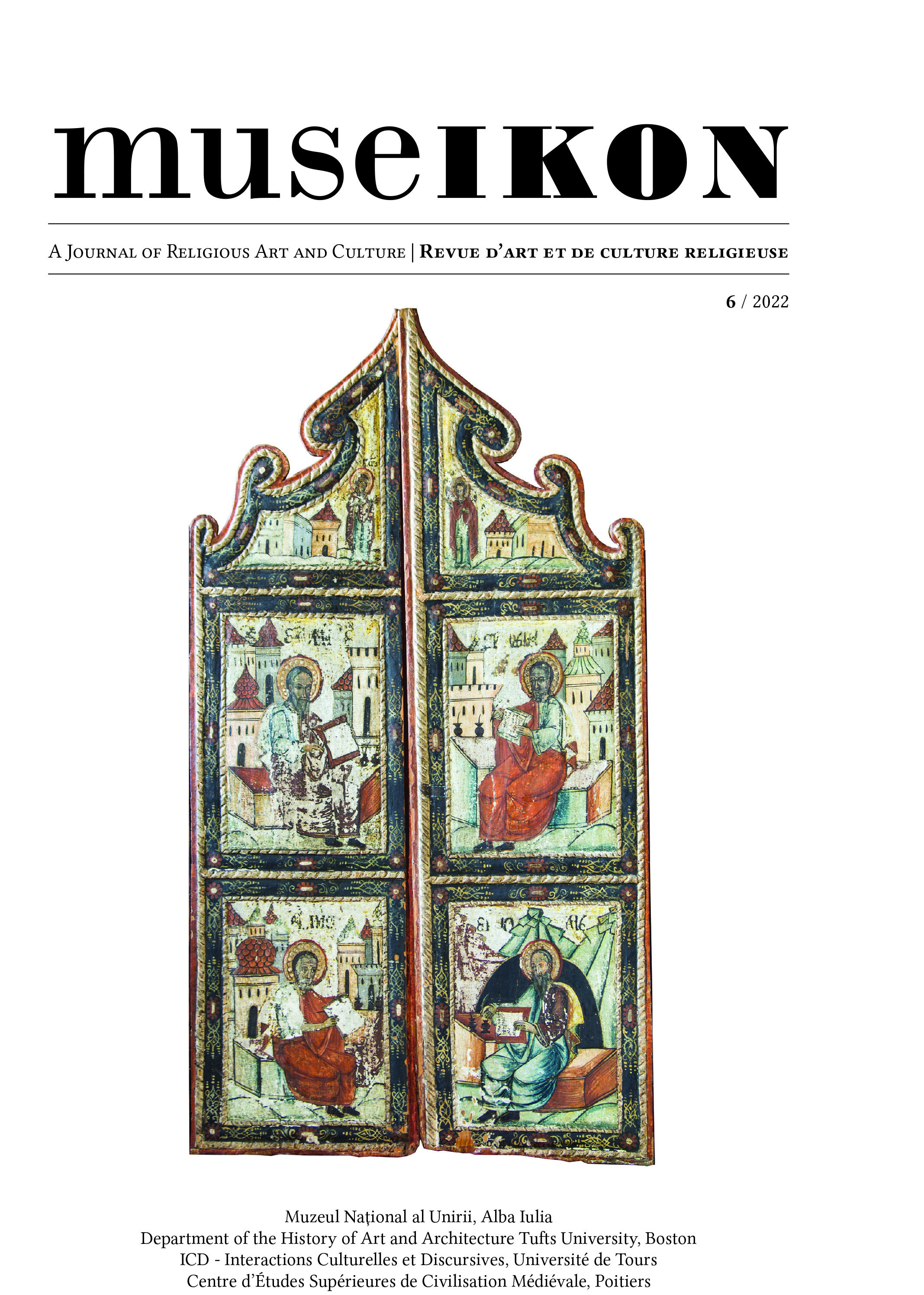Le predicatrici valdesi medievali: mundus reversus et perversus o mundus novus? Sulla testimonianza custodita nel Super Apocalypsim di Goffredo di Auxerre.
The medieval Waldensian preachers: mundus reversus et perversus or mundus novus? On the testimony kept in the Super Apocalypsim of Godfrey of Auxerre.
Author(s): Francesca TascaSubject(s): Christian Theology and Religion, History, Language and Literature Studies, Cultural history, Foreign languages learning, Museology & Heritage Studies, History of Church(es), Essay|Book Review |Scientific Life, Review, Bibliography, General Reference Works, Geography, Regional studies, Historical Geography, Archiving, Anthology, Studies of Literature, Comparative history, History of ideas, Local History / Microhistory, Oral history, Social history, Gender history, Theology and Religion, Comparative Studies of Religion, Sociolinguistics, Descriptive linguistics, 6th to 12th Centuries, 13th to 14th Centuries, Biblical studies, Systematic Theology, Pastoral Theology, Cultural Essay, Canon Law / Church Law, Translation Studies, Source Material, History of Religion, Italian literature, Sociology of Literature
Published by: Muzeul National al Unirii Alba Iulia
Keywords: Waldensians; women; medieval preaching; upside-down world; evangelical radicalism;
Summary/Abstract: ‘After preaching, they feasted quite lavishly every day, they chose new lovers almost every night, they spent their time without being subjected to anyone, without worries, without fatigue, without danger’. In his Super Apocalypsim, the Cistercian monk Geoffrey of Auxerre describes in this way two Waldensian lady preachers, delineating an extraordinary condition of female autonomy. The article explores the ‘textual phy-siognomy’ of Super Apocalypsim, a biblical commentary written in the second half of the 1180s, but also high-lights its historical and editorial context. The testimony of Geoffrey of Auxerre, a leading representative of ecclesiastical hierarchies, allows us to analyse lexical choices and conceptual nuclei in order to clarify the speci-fic polemics underlying this description of the subversive life of an order which is represented by the two Waldensian women and the manner in which they experience female freedom. Emphasis is given to the issue of a dangerous ‘upside-down world’ (mundus reversus et perversus); this witnesses the subversive experience of the two Waldensian women. The article also recognises possible surviving traces of a radical evangelism and the attempt to create a new world (mundus novus).
Journal: Museikon. A Journal of Religious Art and Culture / Revue d'art et de culture religieuse
- Issue Year: 6/2022
- Issue No: 6
- Page Range: 9-20
- Page Count: 13
- Language: English

